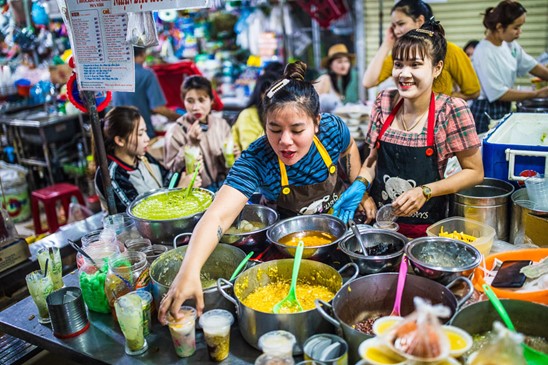I consider myself a gourmet of local food. Food-related experiences play such an important role in my daily life and there is a lot of things to tell about food tourism.
I have been a local gourmet of Vietnamese cuisine, or Saigonese cuisine in particular. For me, food should be an identity of a culture, and a means of the cook to tell specific stories to the taster. Experiencing local cuisine is not just because of the taste, the reputation, the appearance, but because culinary stories bring food to life, making visitors truly immersed in the atmosphere of culture and history that permeates the taste in their mouth. As the result, I prefer local and authentic food shop instead of those mainly for tourists, or if they are made for tourism, they should still maintain their local values.
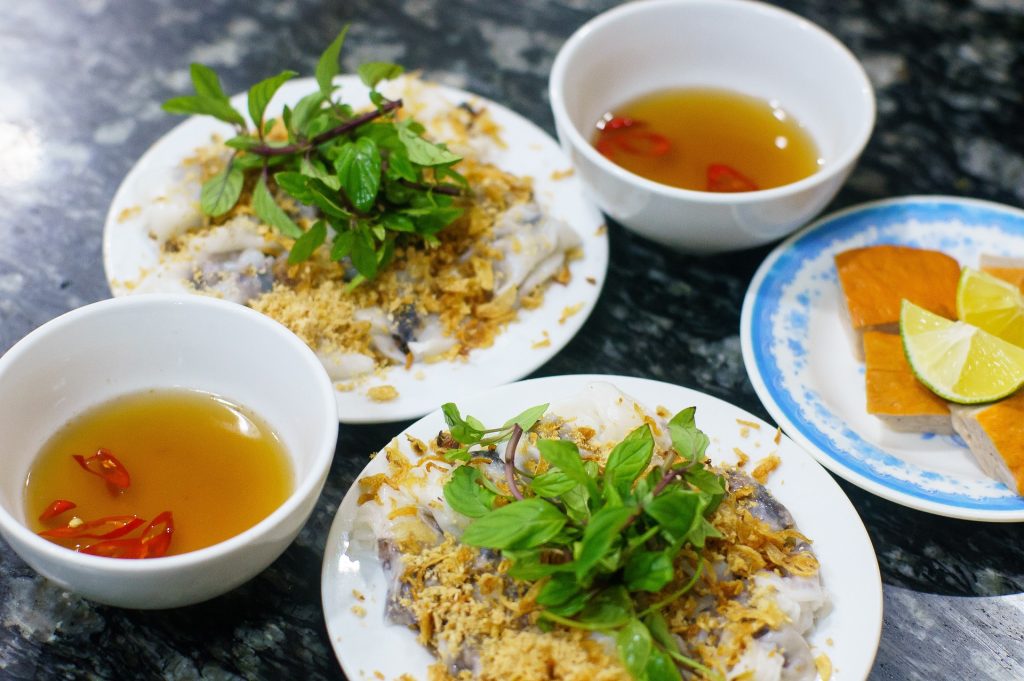
Therefore, street food has always been my priority when visiting a new country. Street food is defined by the Food and Agriculture Organization (FAO) and the World Health Organization (WHO) as “ready-to-eat foods and beverages prepared and/or sold by vendors or hawkers especially in the streets and other similar places” (WHO 2019). It provides a source of food that is often rich in nutrients, affordable and has a distinctive taste due to the individual experience of the cook.
Vietnamese food is part of my cultural heritage
Street food represents a typical culinary culture of each region and country. I grew up with Vietnamese street food since it was so common, and I got so close exposure to Vietnamese culture that shaped a specific and important cultural identity in me. Vietnamese street food is interestingly diverse but still carries a strong Vietnamese taste, as if it carries our distinct patriotism. It’s convenient for anyone to grab anywhere – just like “pragmatic Vietnamese”, but it takes time to be cooked and processed deliciously, which reflects our industriousness.
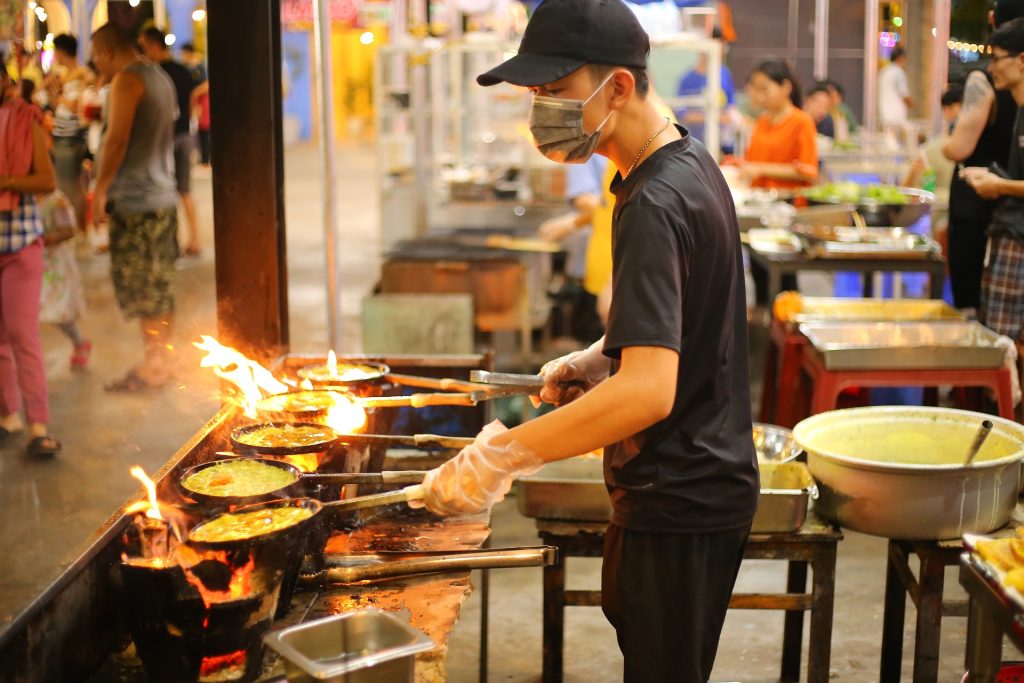
Thus, for me, street food is one of the best approaches to discover the root of a culture since I believe that street food is made from every single basic and authentic ingredient from the region without any transformation or novelty. A bowl of phở on the street is always more soulful than an expensive bowl of phở in a fine dining restaurant, because there is an atmosphere which is a combination of the sound of the street, the traffic, the voice of local cooks, and there is a strong Vietnamese streets’ scent in it. In Vietnam, bánh mì is famous all over the world with a variety of different fillings. Even though it’s the same bread with “baguette” or “sandwich”, the world still calls it bánh mì like a Vietnamese, and celebrates bánh mì day on 24 March 2020 since they appreciate this specially local dishes – because of the the taste, the ingredients, the street style and local people.
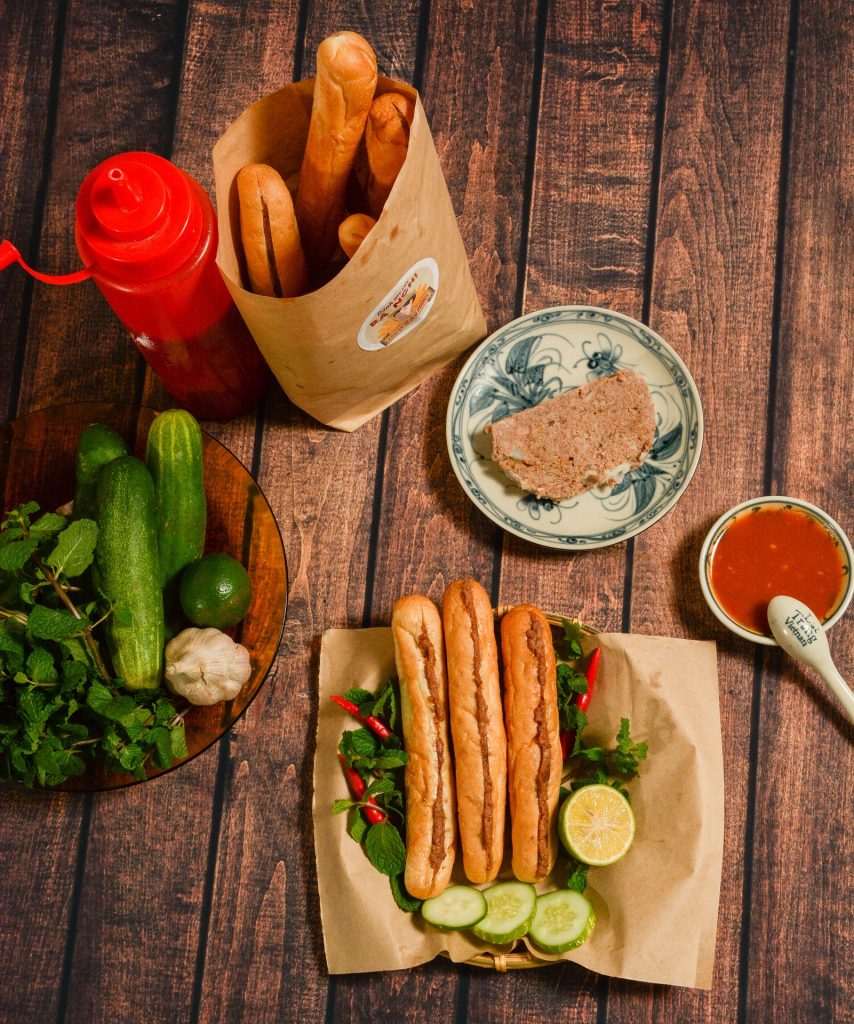
Street food in Finland?
In Finland, from my point of view, “street food” is not usually served on the street, but in shops or in food court, or “kauppahalli” – market hall. I have various chances to try Finnish traditional food such as salmon soup, bread cheese (leipäjuusto), Finnish pancake in real food stalls, but mostly in summer only. By far, my experience is not so much as a local person, but as a “temporary tourist”, they are very mild, fresh, and natural since all the ingredients are seasonal and from natural resources: water and forest.
In the respect of tourism, even though Finland is more well-known for its breathtaking landscape, lively wildlife of reindeer, moose, birds and interesting stories about Santa Claus, Finnish cuisine should gain better attention from tourists. What I am highly appreciate from Finnish cuisine is the food safety which is still not prioritized in my country. Finnish are really responsible and thoughtful when they focus on food hygiene and safety for the health of consumers, and also on the environmental sanitation as they have a high awareness of environment protection and preservation, both urban, rural or natural areas. There is still little understanding of food safety and hygienic conditions from most local Vietnamese food vendors, and when selling on the street, it is easy to cause food and drink to be contaminated, which is a great risk besides wonderful experience that street food brings.
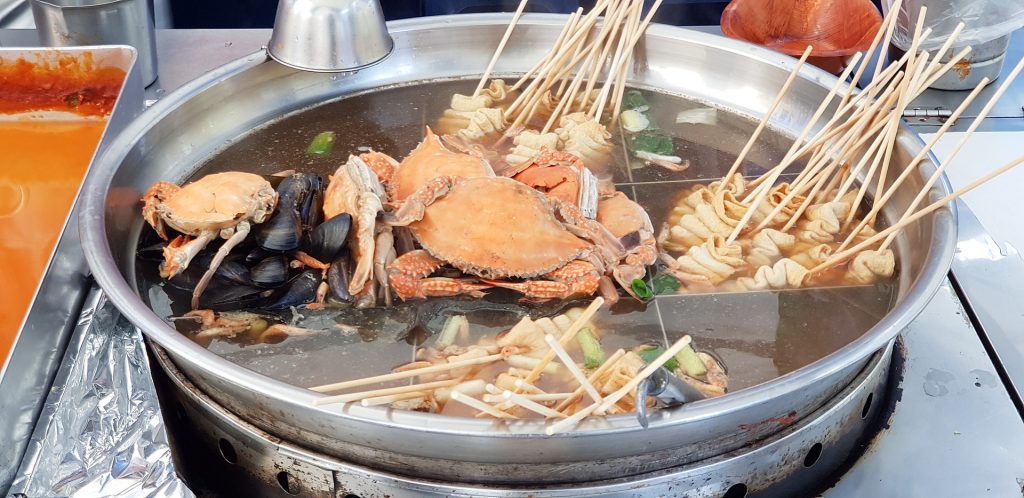
As the results, I hope that there will be more participation from the local authority and professionals to solve these issues but still maintains this local significance. It is necessary to plan and organize restaurants that focus on separate areas or streets dedicated to street food. At the same time, there should be strict censorship of food hygiene and safety, price management, safety for tourists, and preservation of the surrounding environment.
Text: Ngan Nguyen Thai Thanh
Pictures: Pixabay
References:
World Health Organization, 2019. FEEDcities—A Comprehensive Characterization of the Street Food Environment in Cities. Project Protocol.


